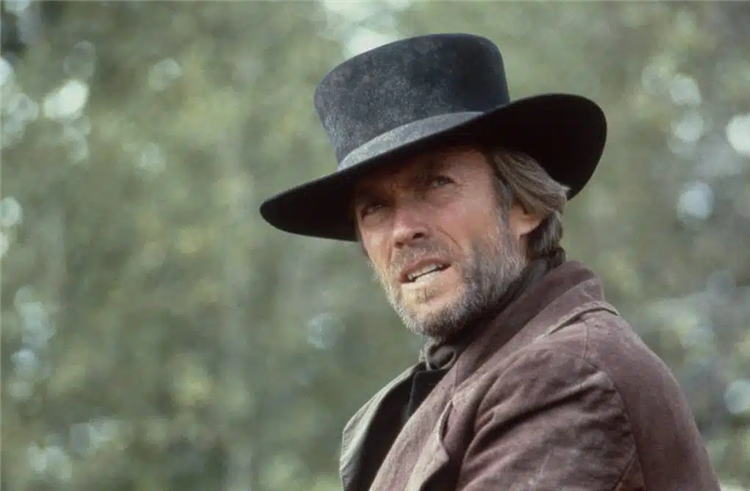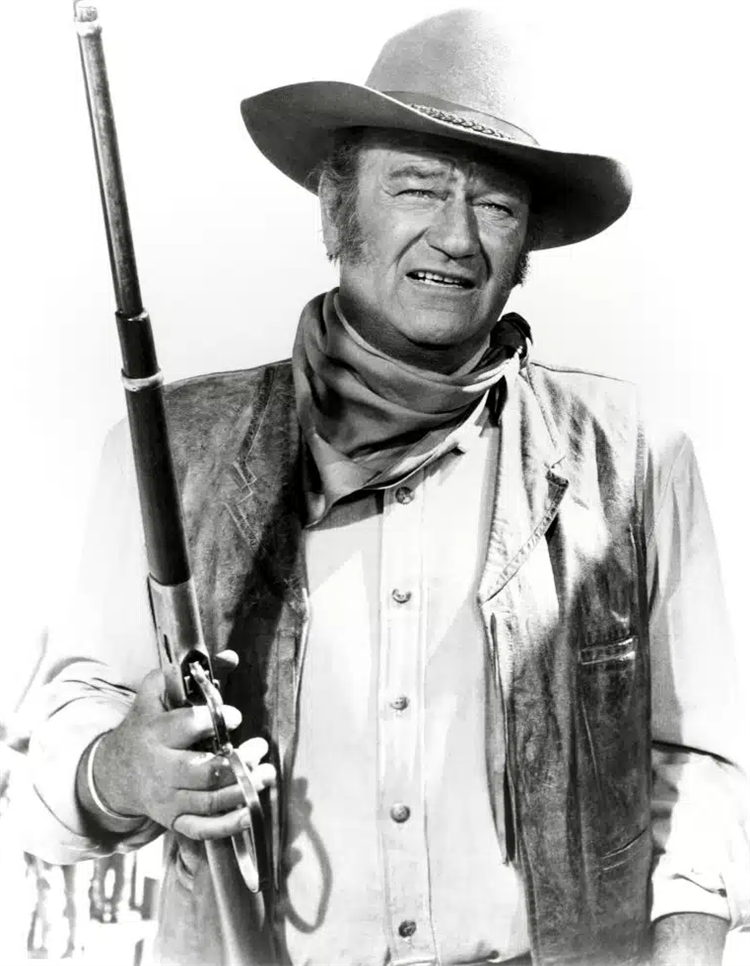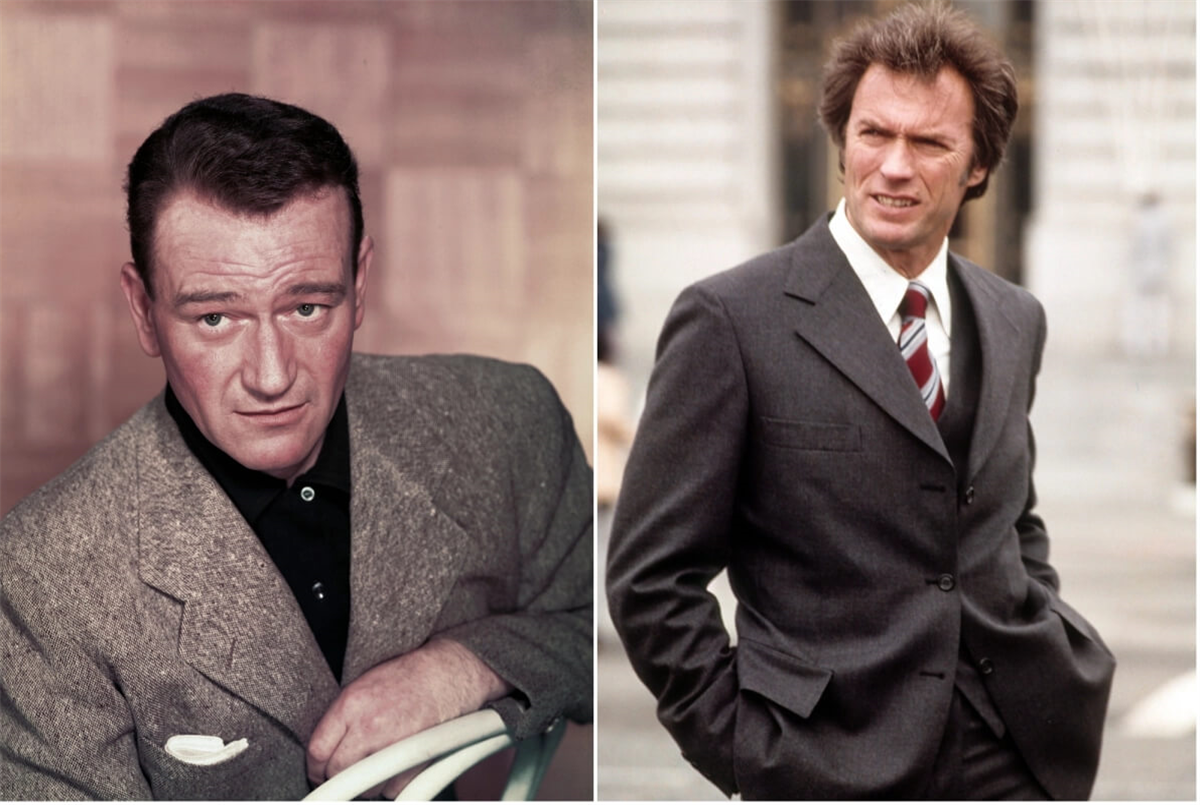Despite maintaining careers that ran almost parallel and becoming the faces of the Western genre, Clint Eastwood and John Wayne butted heads more often than not. Wayne enthusiastically raged against ol’ Samson and very nearly lost out on his very last film role because of him.

Although Wayne started working earlier, both stars were active for several overlapping decades – but they represented very different aspects of Western heroes. As a result, The Shootist, which was Wayne’s very last film credit, nearly looked very different because of its first choice of stars, Eastwood, a fact that threw Wayne into a rage.
Clint Eastwood nearly starred in the final film John Wayne would appear in

As Wayne’s career – and, ultimately, his life – drew to a close, his health deteriorated exponentially. He still determinedly worked, but the effects of his illness were taking a visible toll that producers and casting directors could not ignore. So, when Don Siegel was getting ready to direct 1976’s The Shootist, Paramount Pictures encouraged Siegel to cast a wide net and not immediately recruit Wayne.
The biggest contenders were Charles Bronson, Paul Newman, and Clint Eastwood. They all turned it down and the role went instead to Wayne – though, not without comment. W ayne’s performance and the film overall both received high praise, along with several award nominations.

But a key plot point nearly played out very differently and when Wayne dug his heels into the dirt, the creative team tried inspiring him by mentioning Eastwood, only for this plan to have the opposite effect.
Wayne and Eastwood always played two very different characters

Eastwood famously embodied the grim anti-hero who resided in a gray area of morality in his films. On the opposite end, Wayne would refuse or condemn films if he felt their hero’s values were anything but pure. He outright rejected Spielberg’s 1941 because he felt it made light of World War II.
Originally, The Shootist had his character firing his gun at someone when that character’s back was turned. Wayne drew a line in the sand he would not cross, asserting that he had “never” shot a character in the back and would not change that for The Shootist. Siegel had a vision, though, and countered that Eastwood would have shot the scene like that without any problem.
Wayne was not one over. On the contrary, accounts say he turned “blue” with indignation and yelled, “I don’t care what the kid woulda done, I don’t shoot ’em in the back!”
Which side one?
